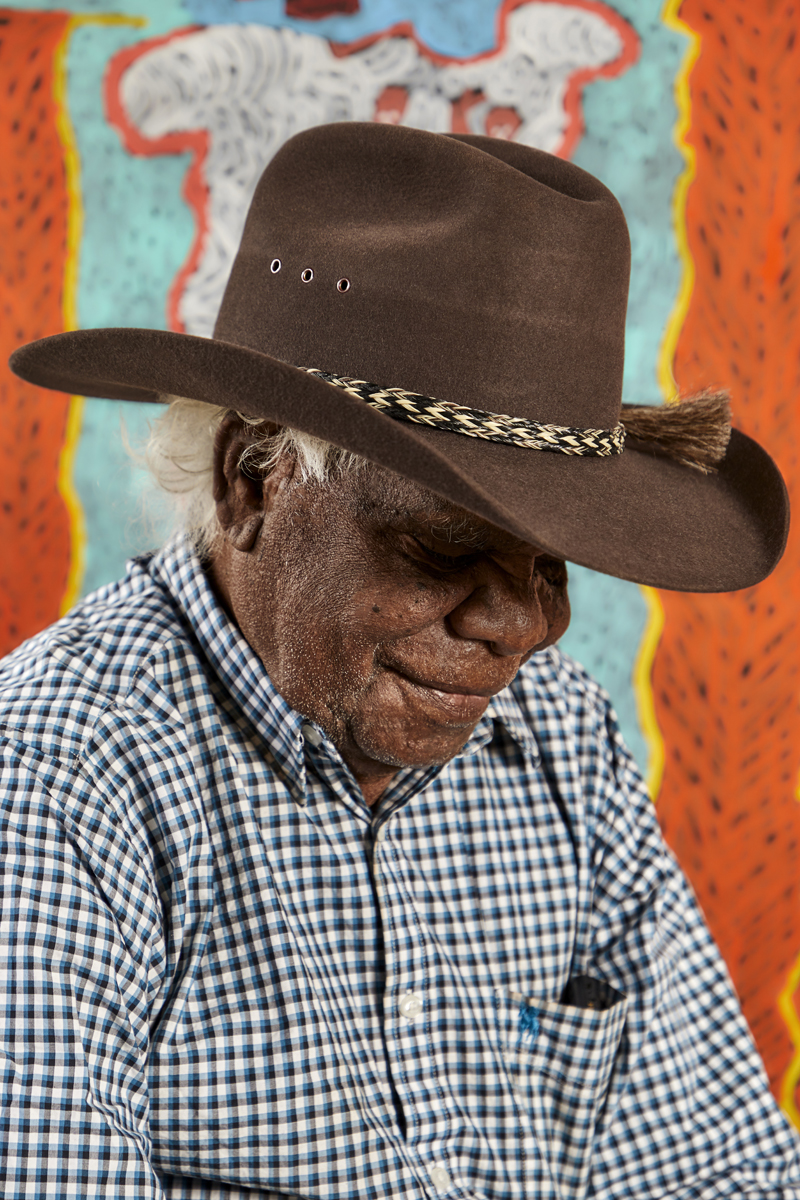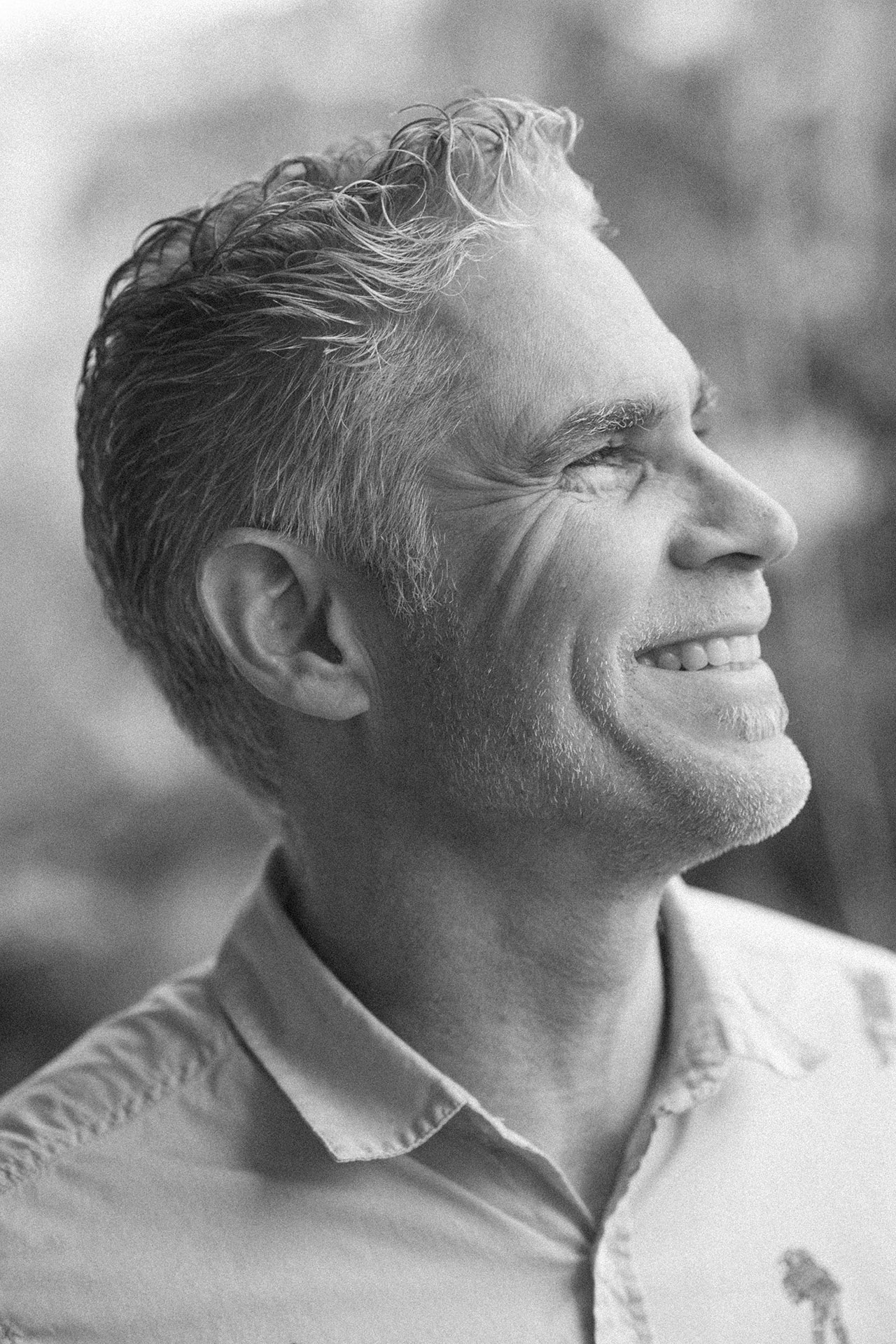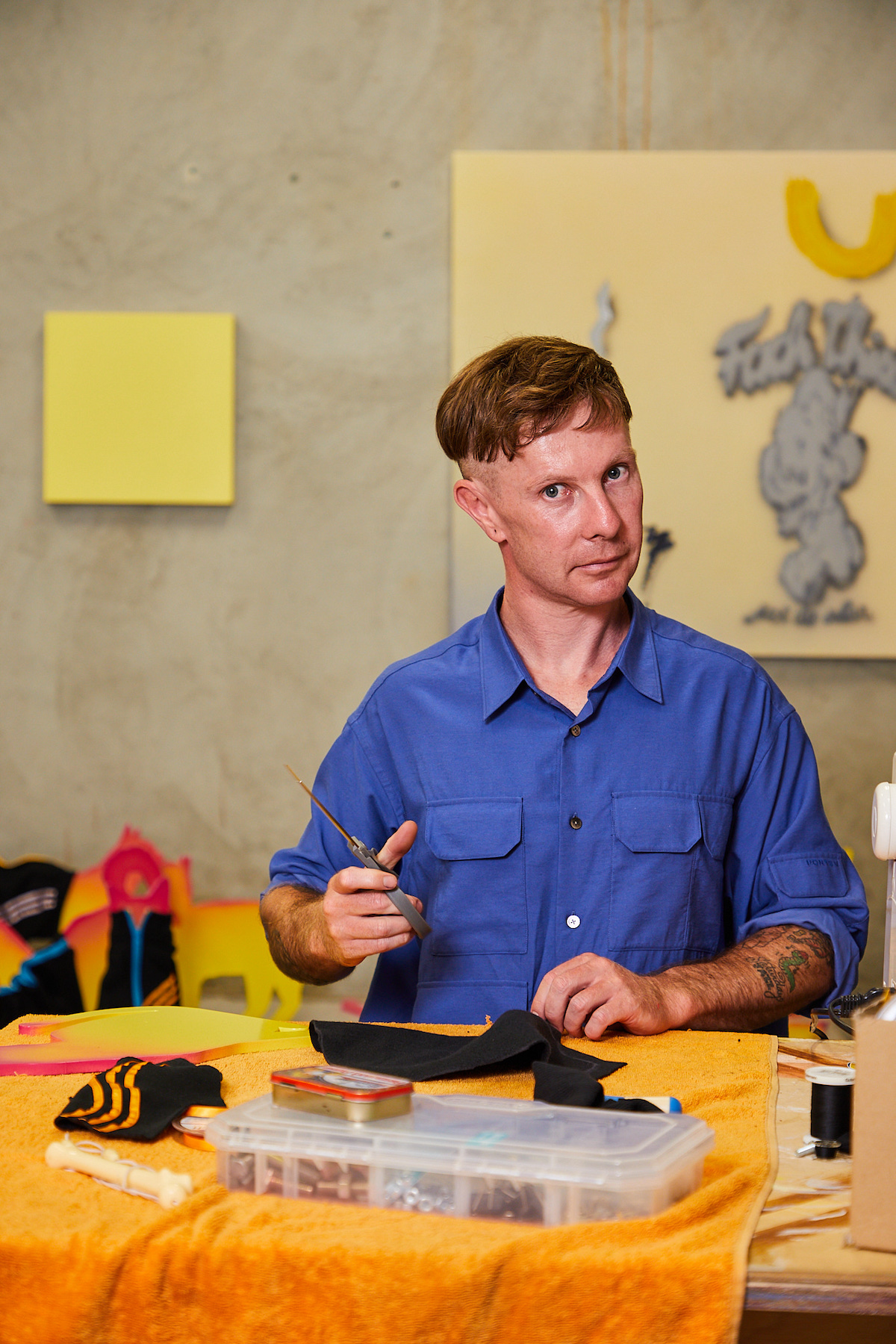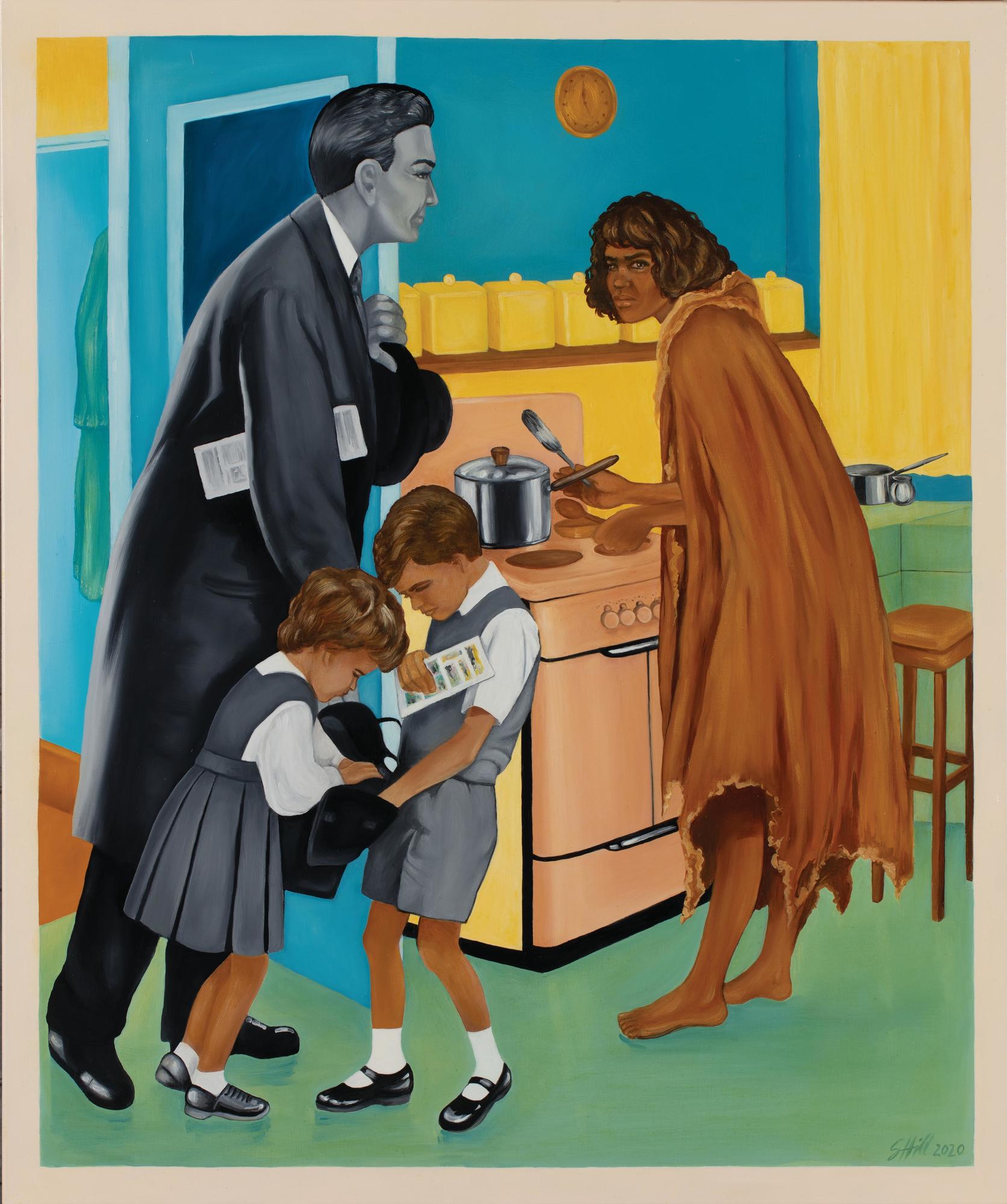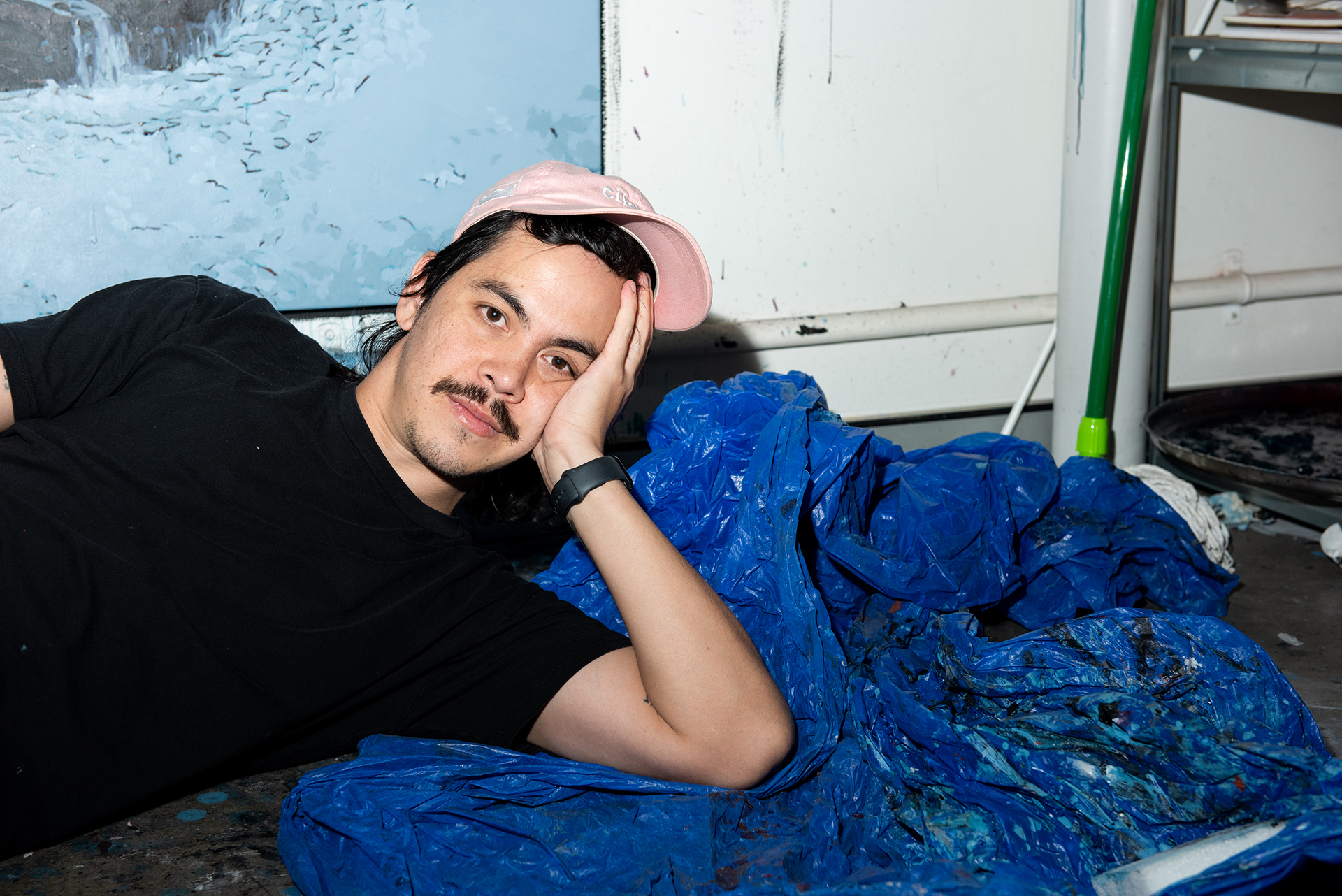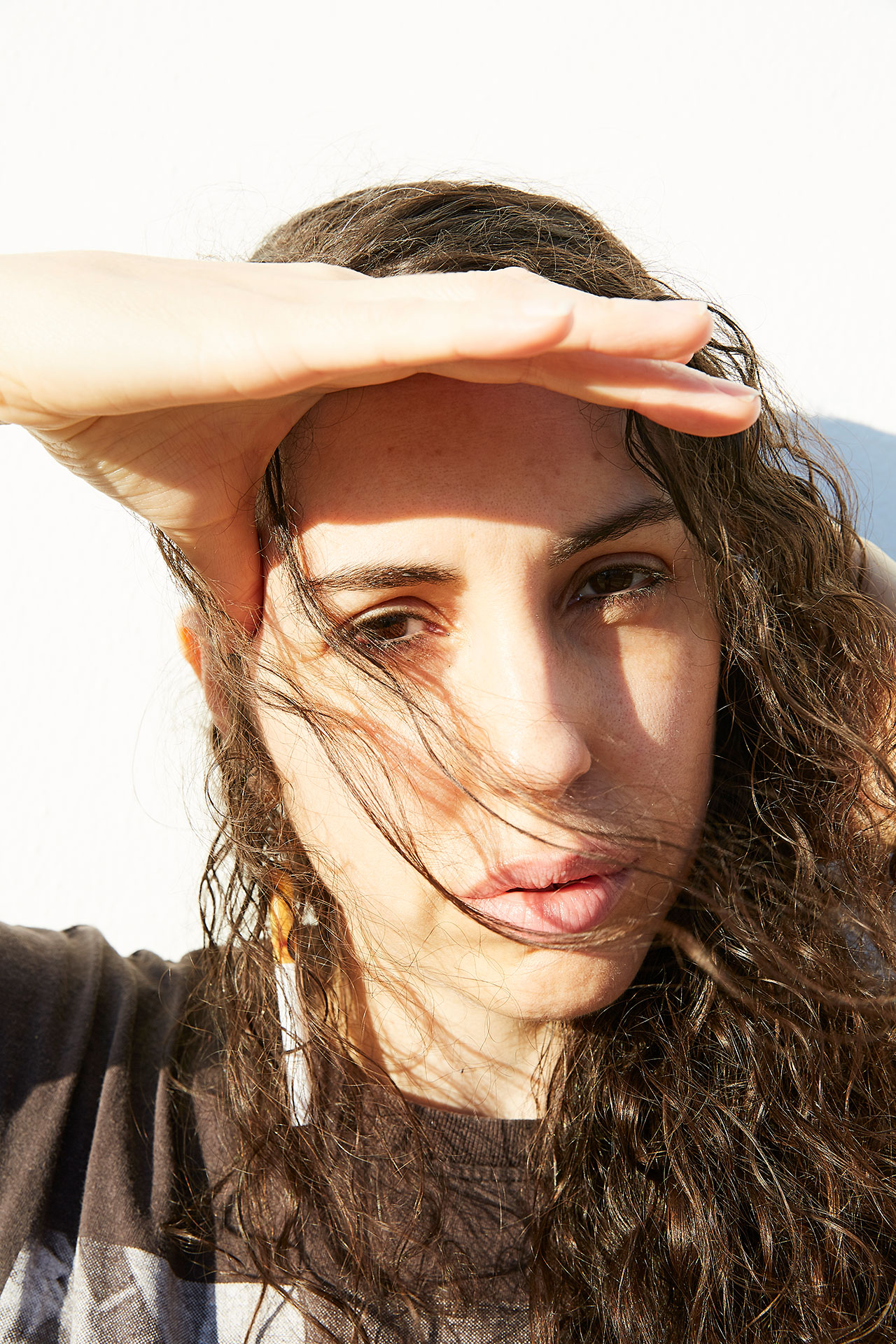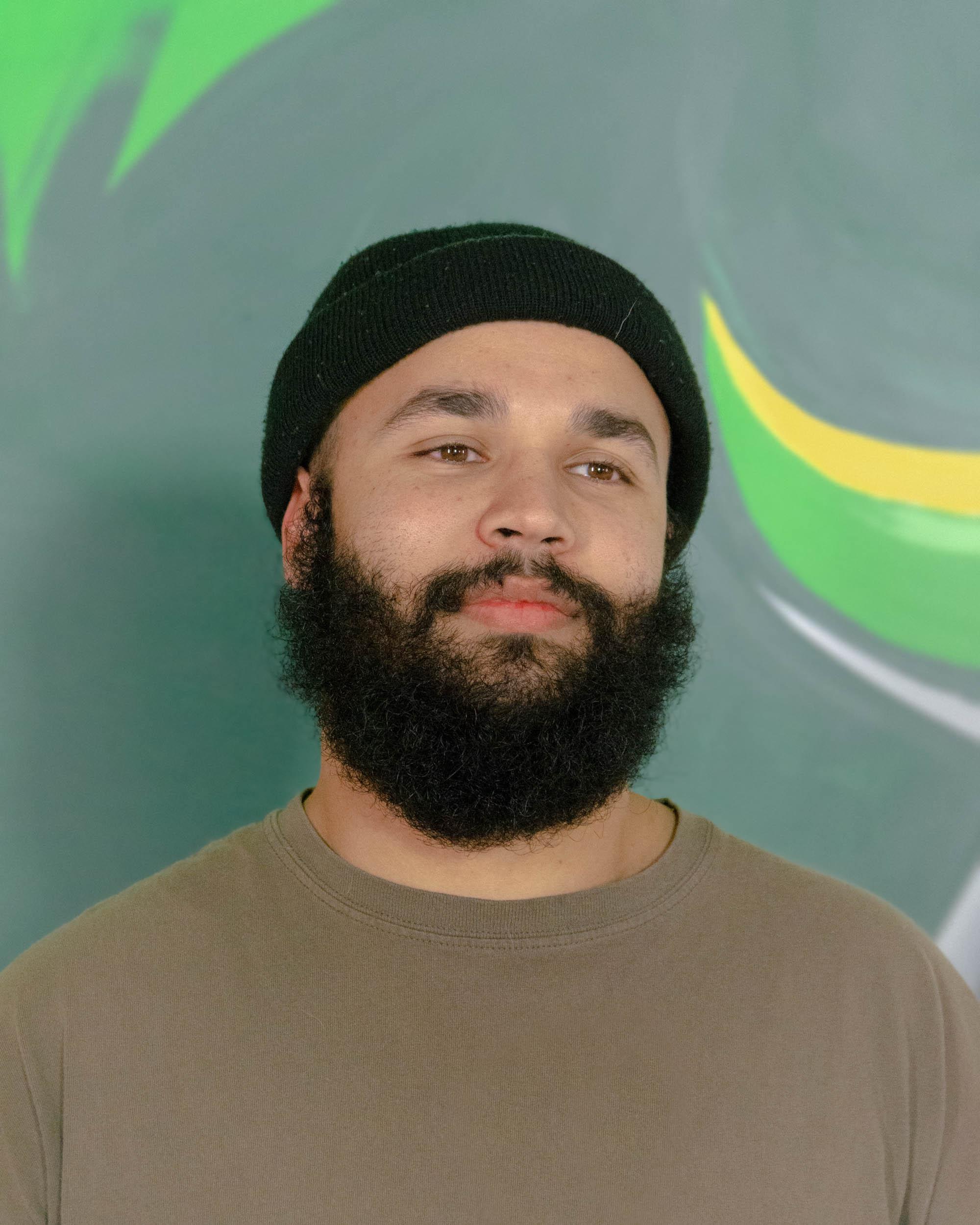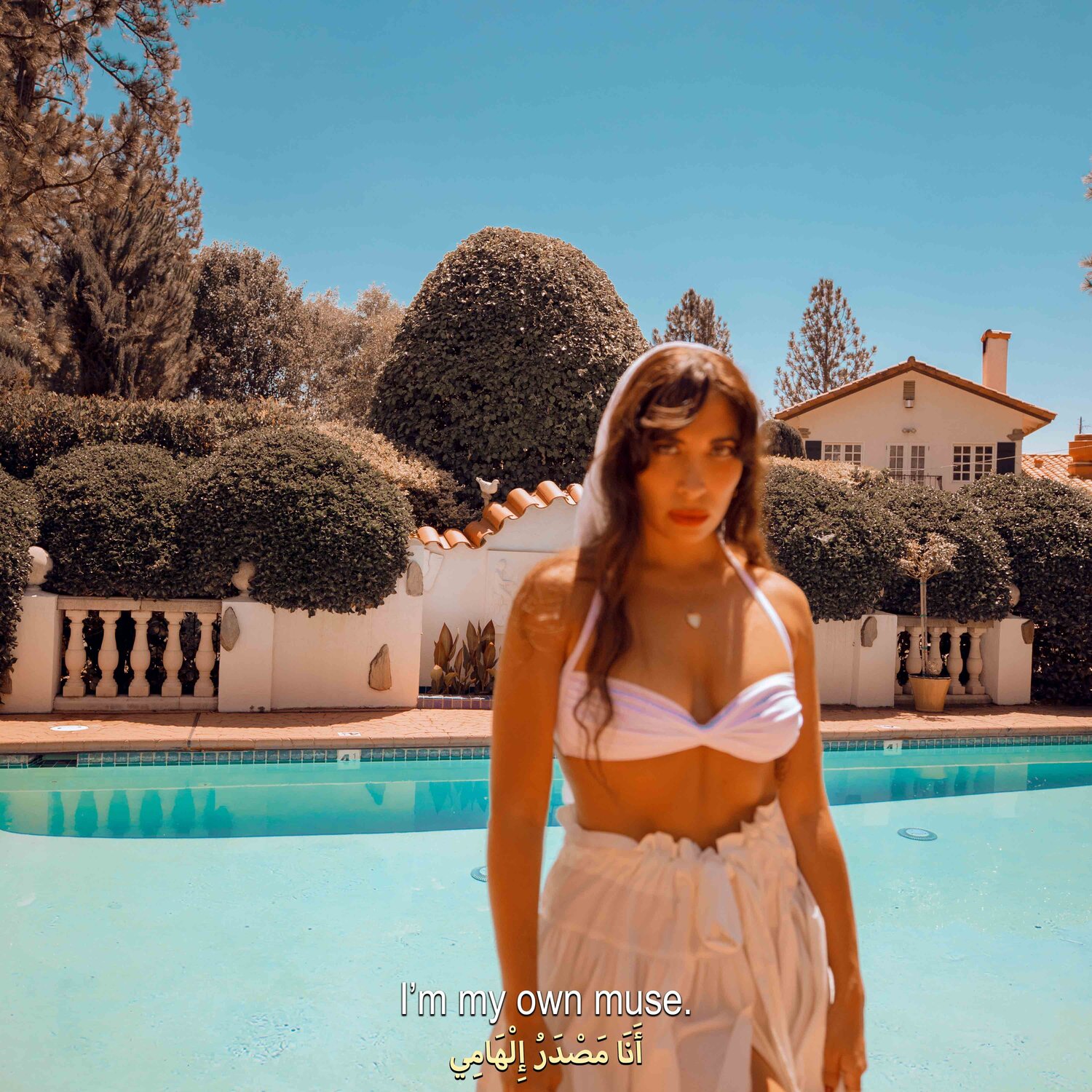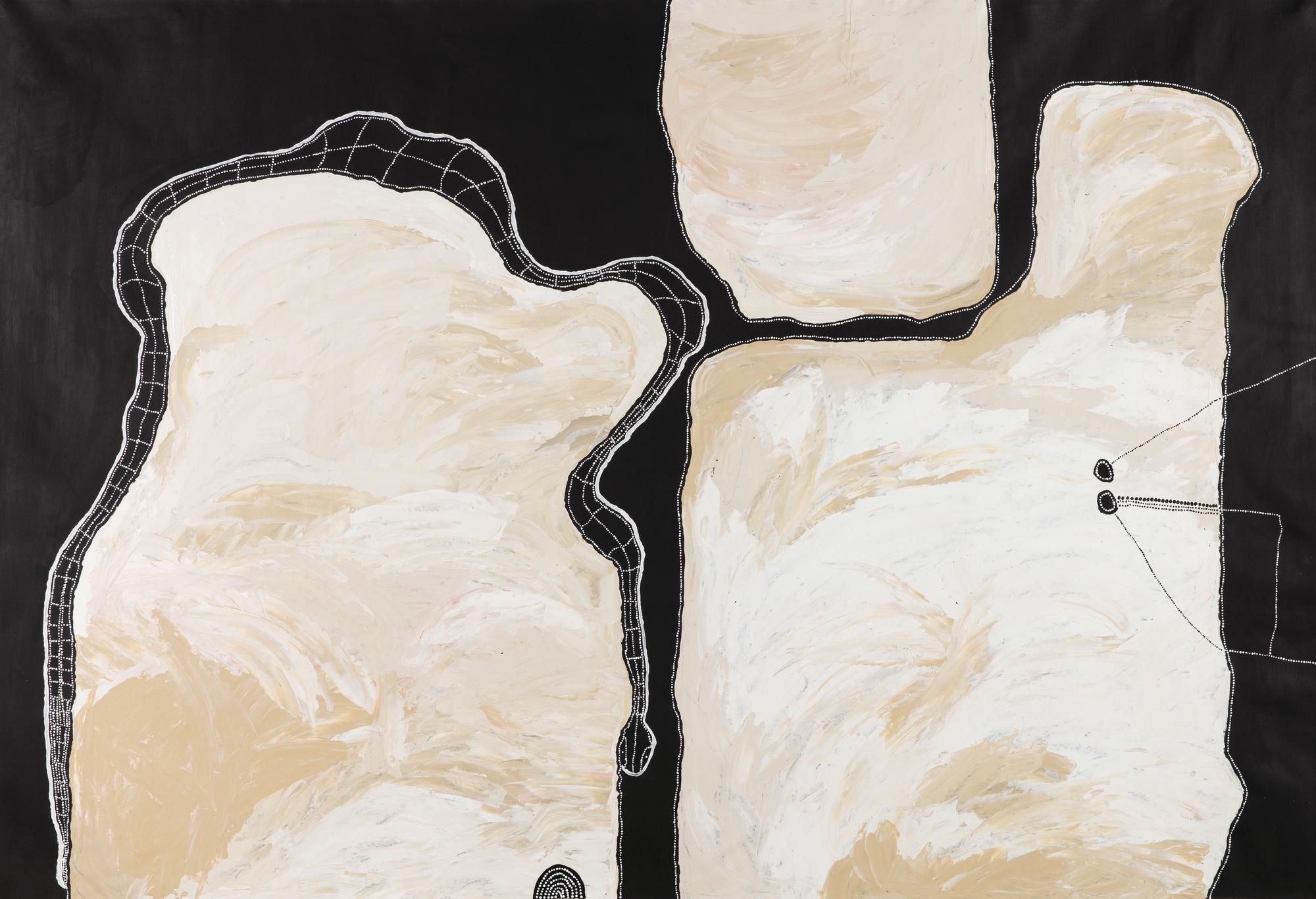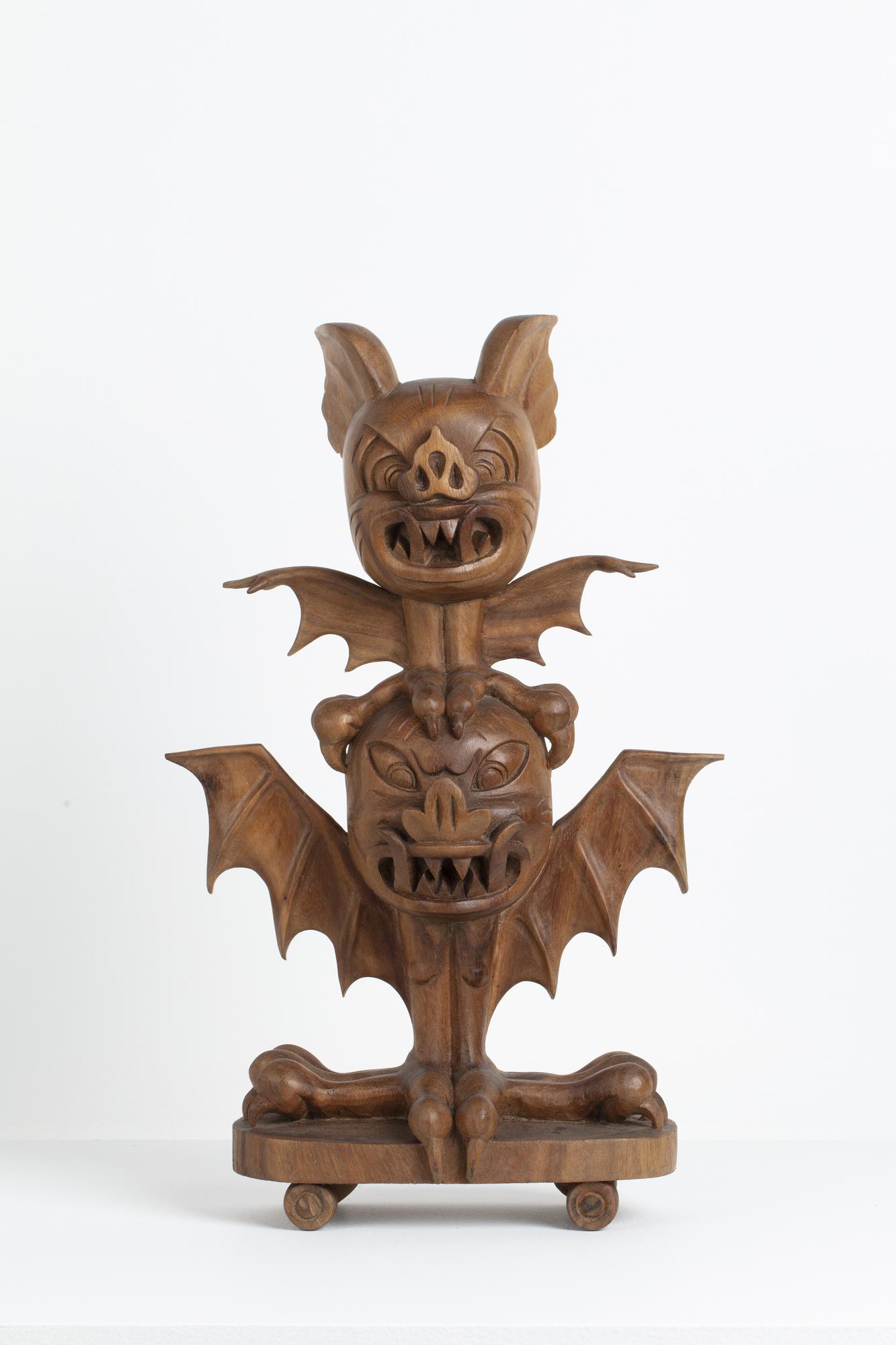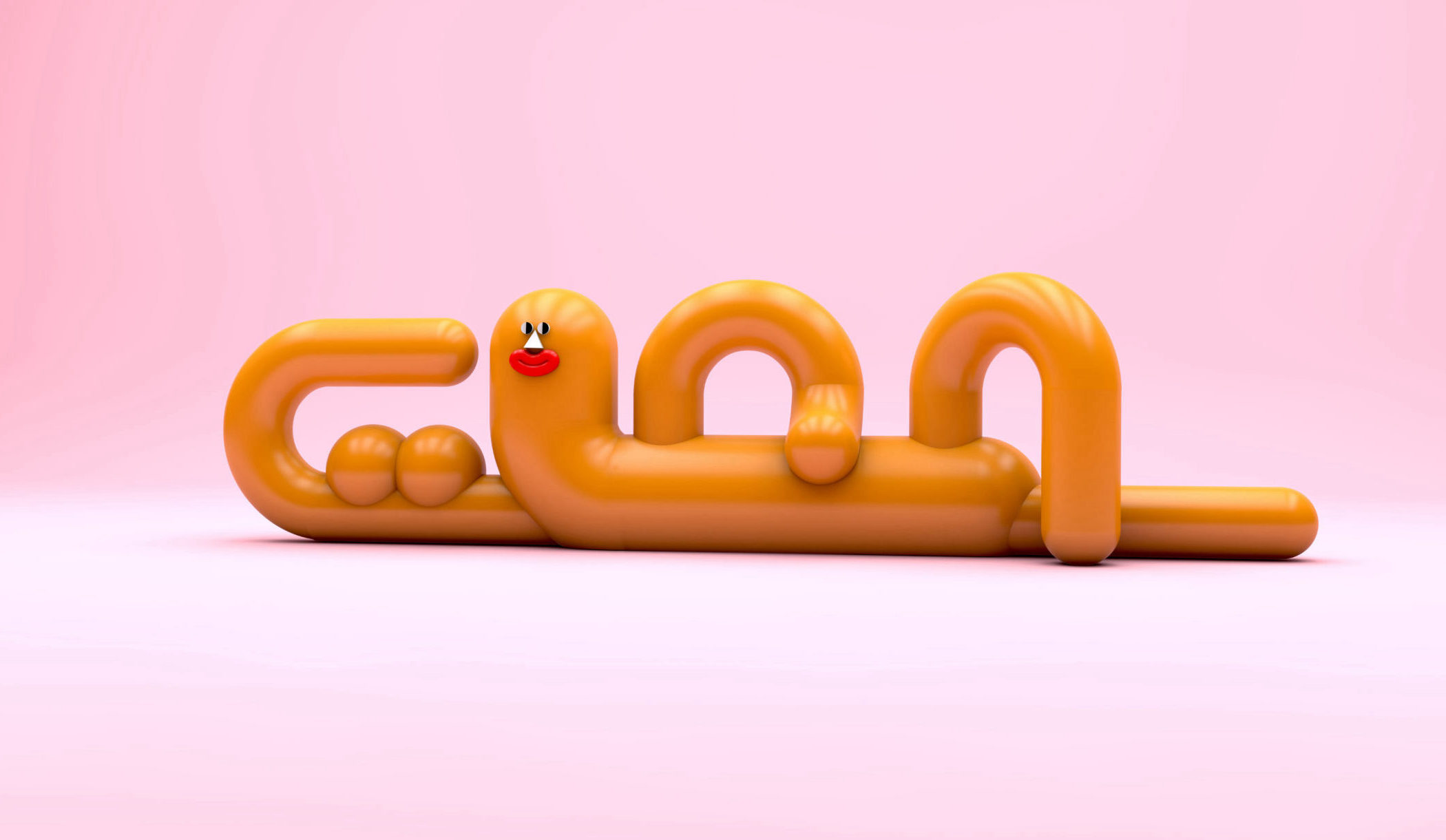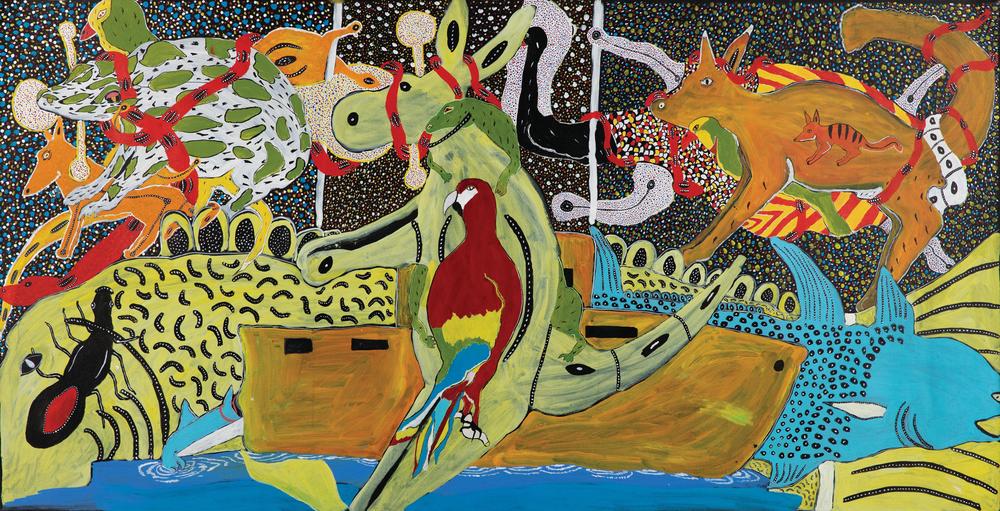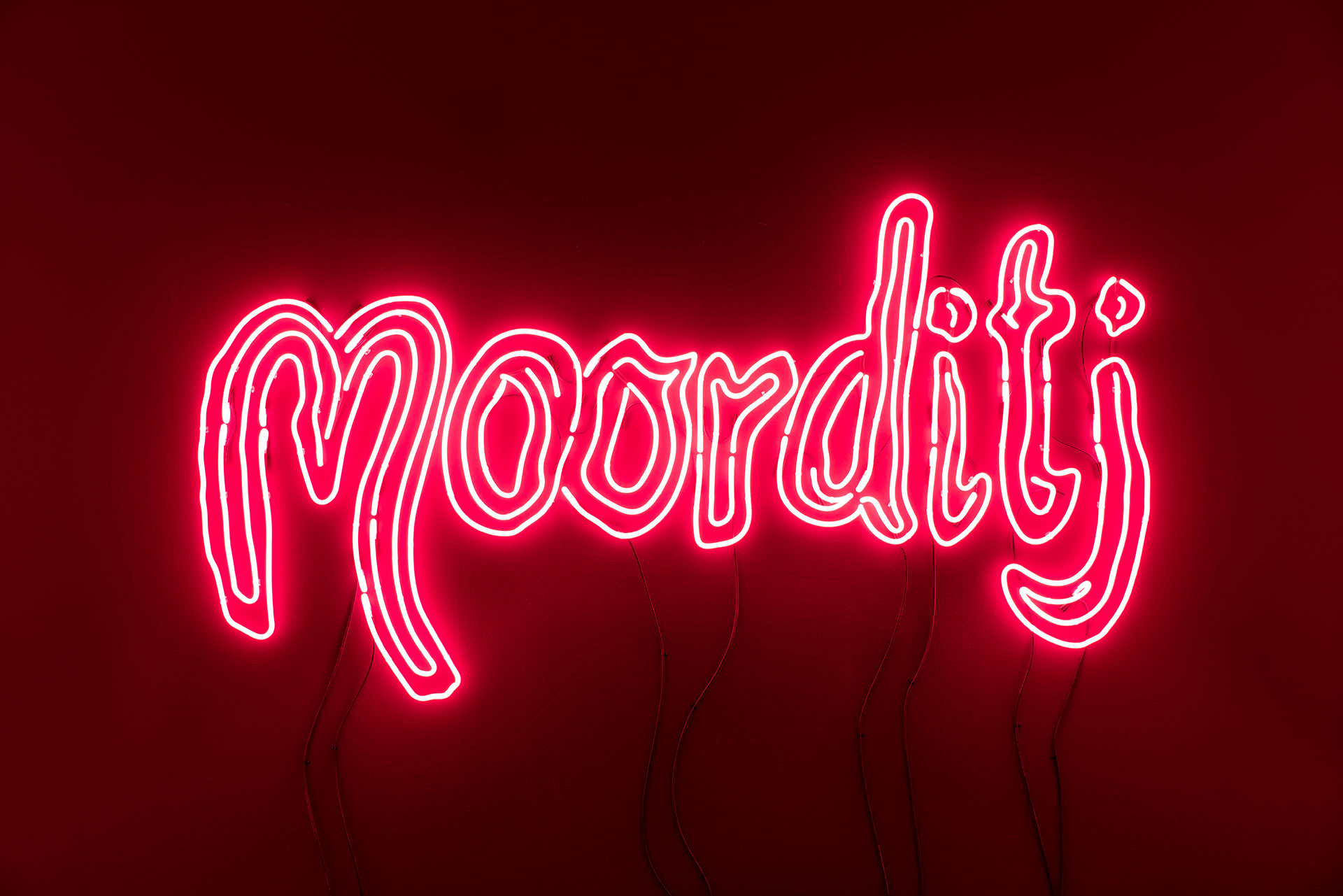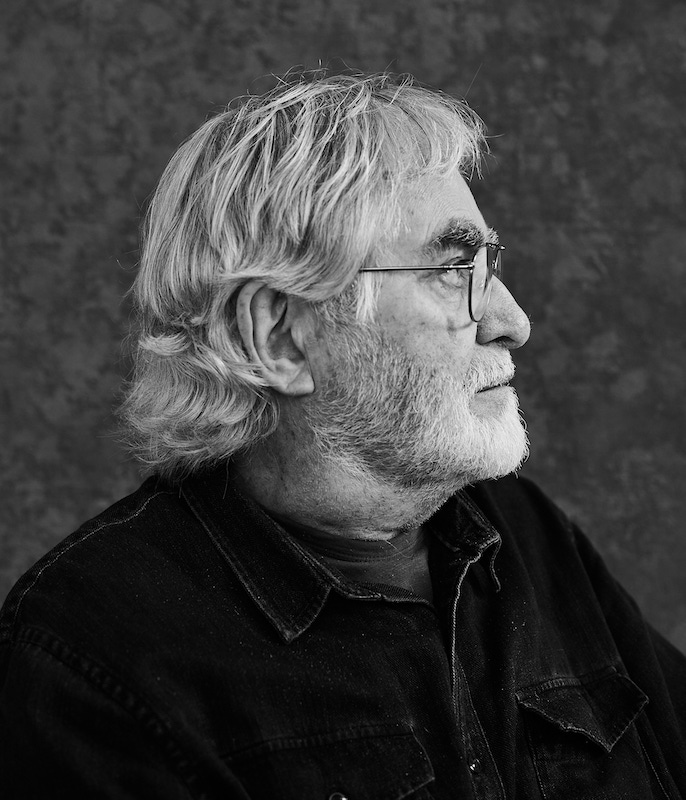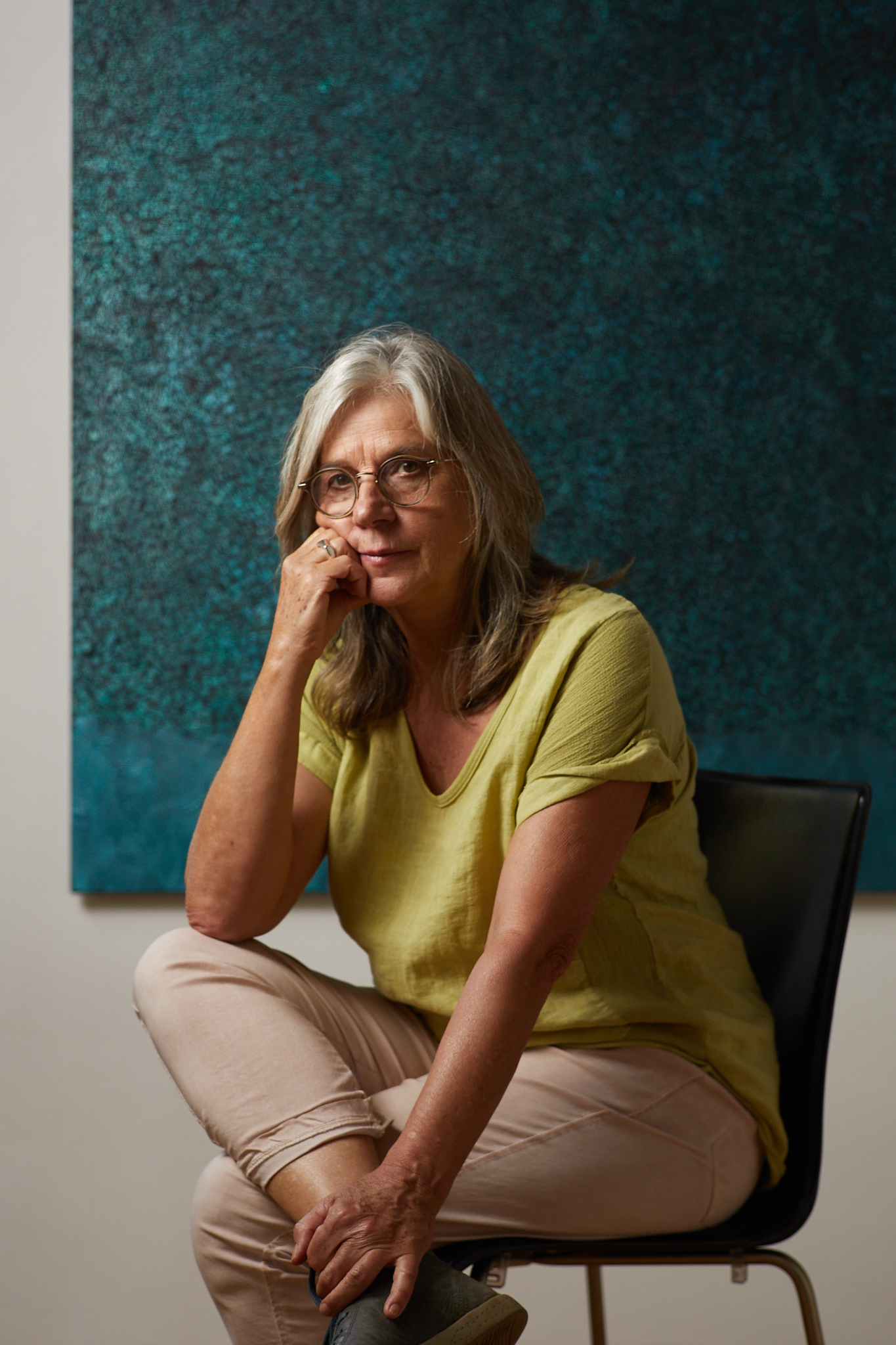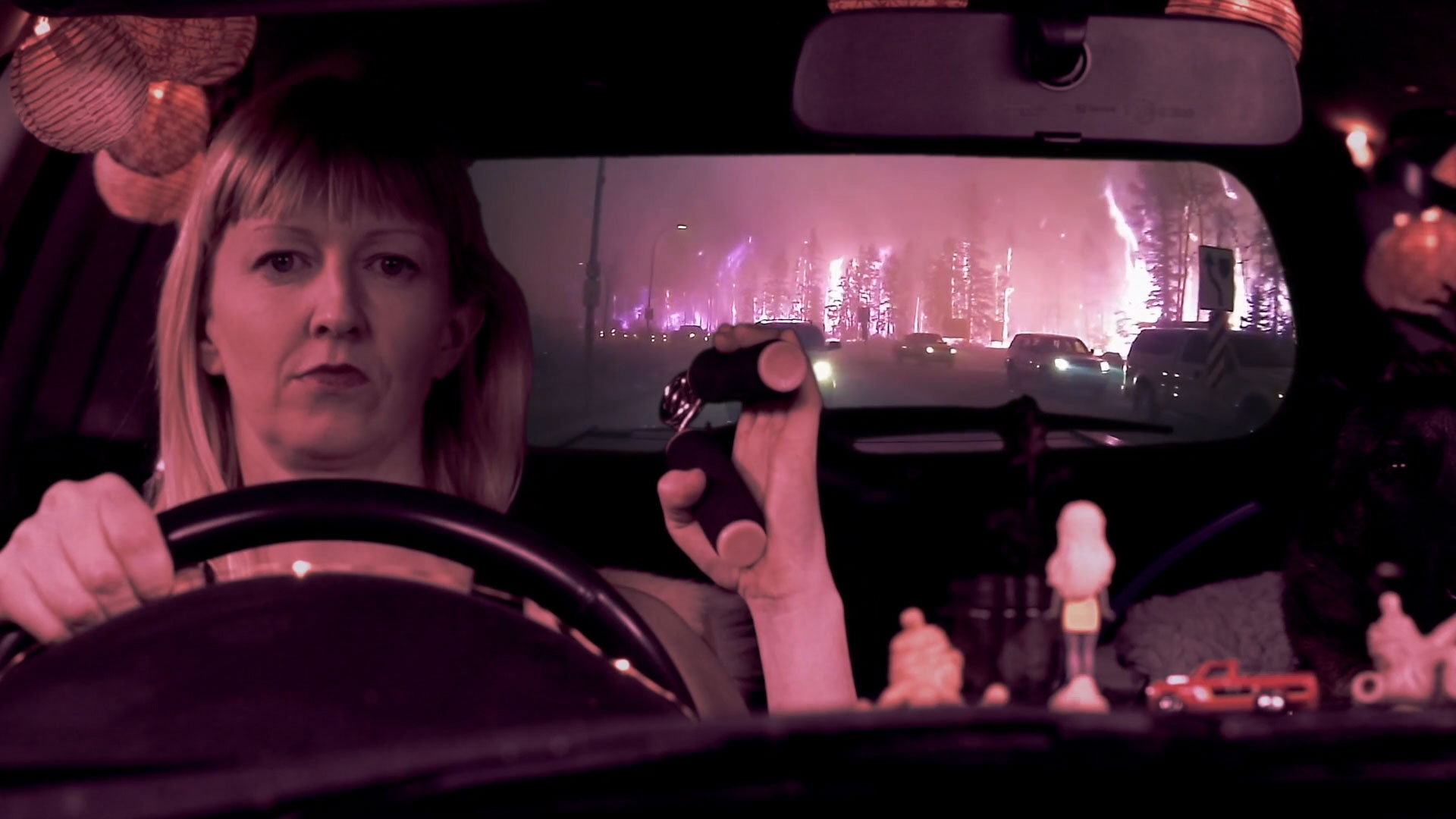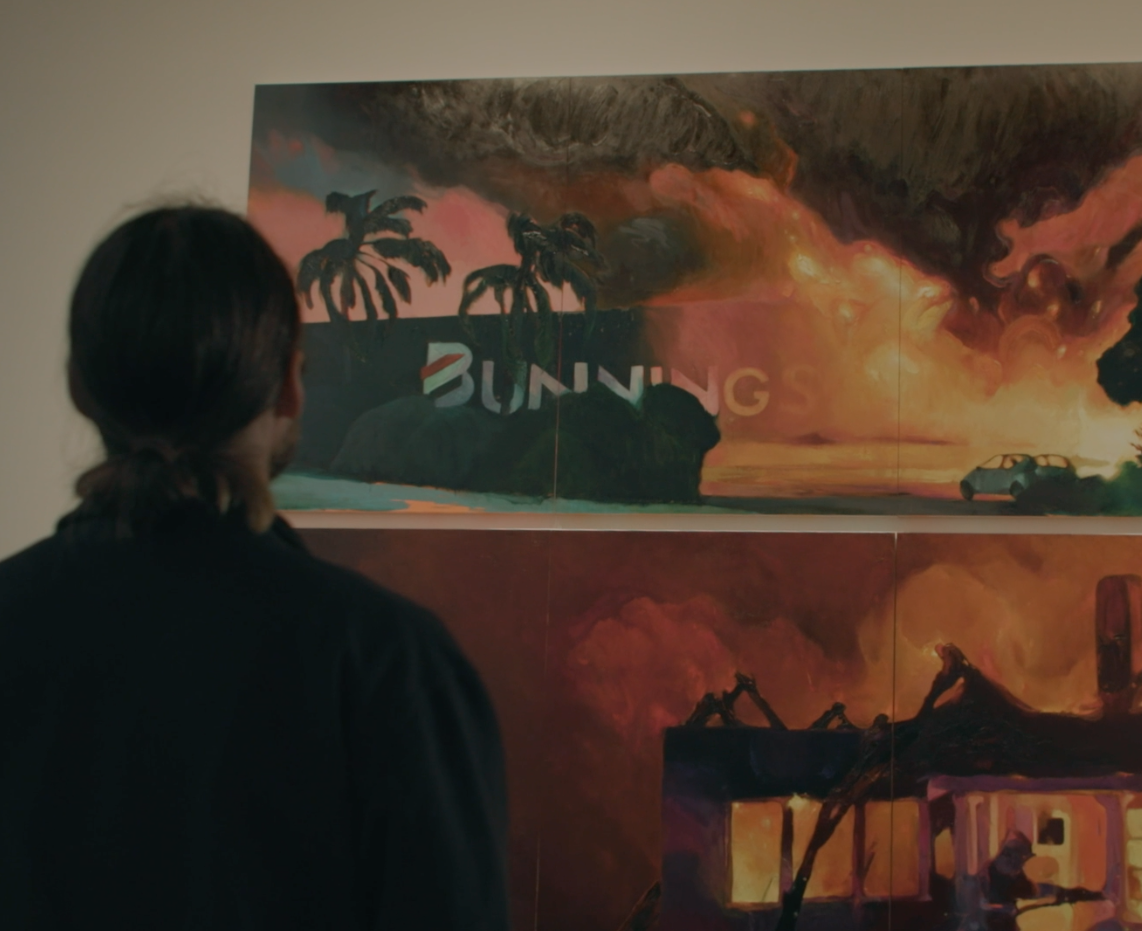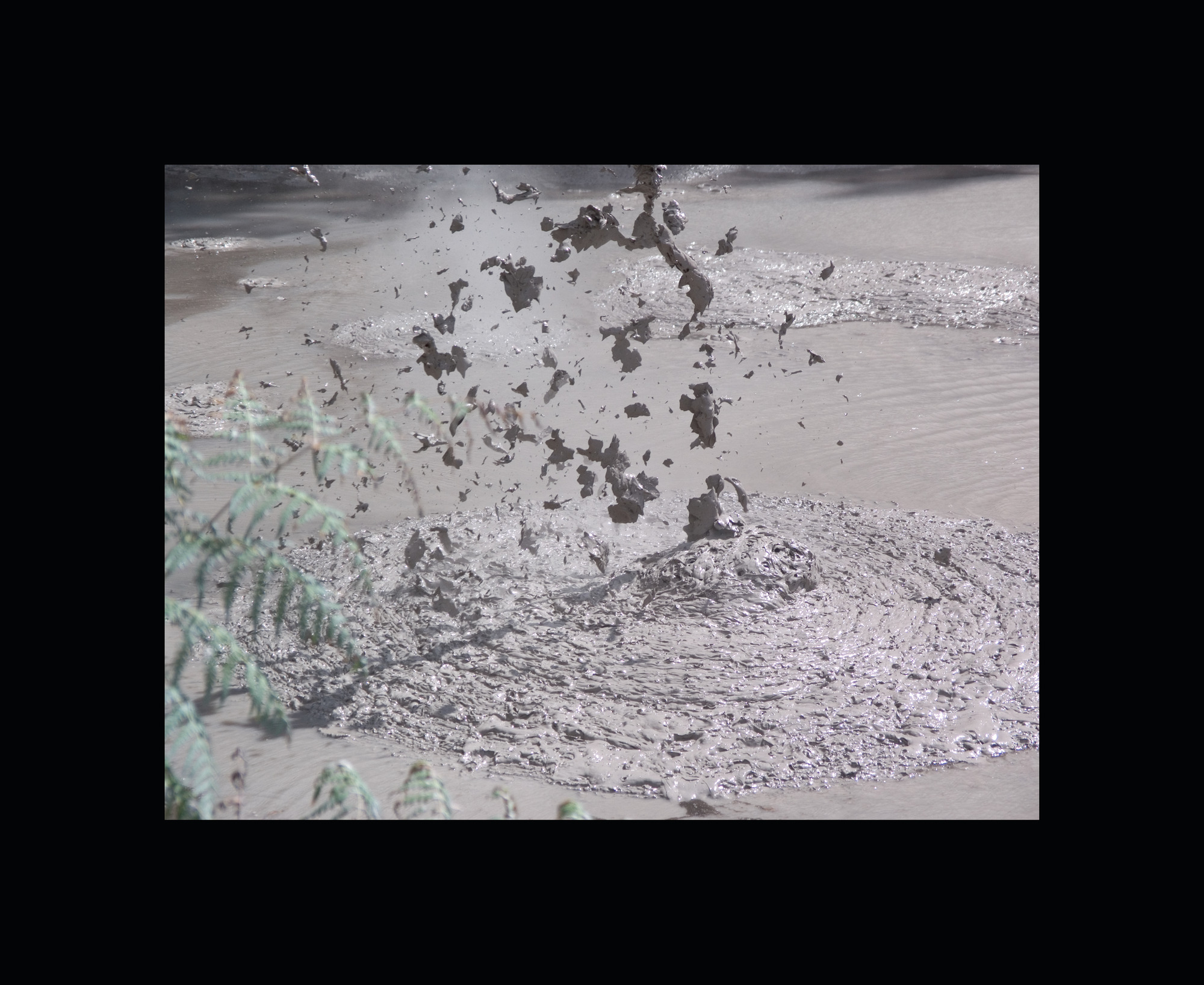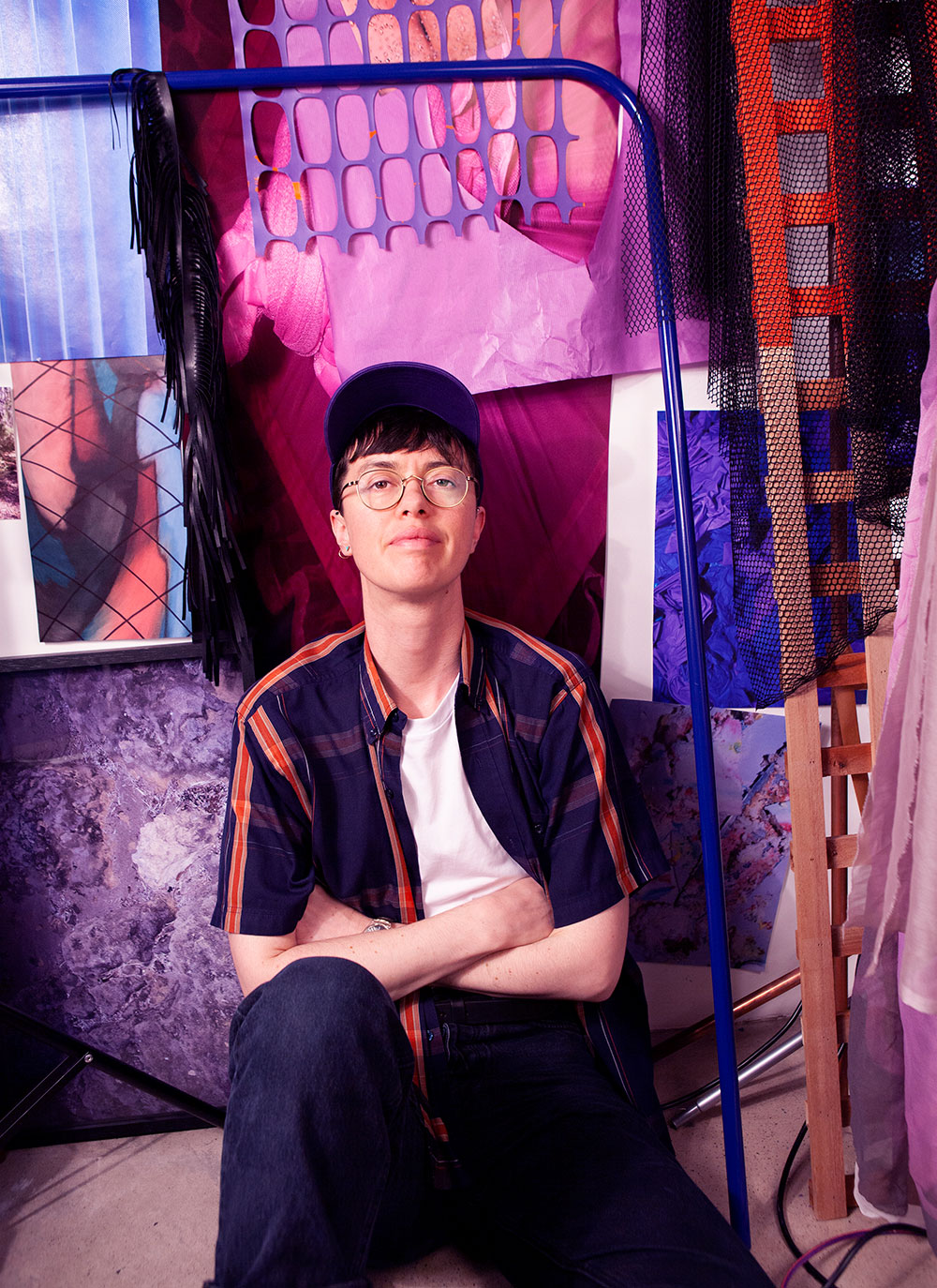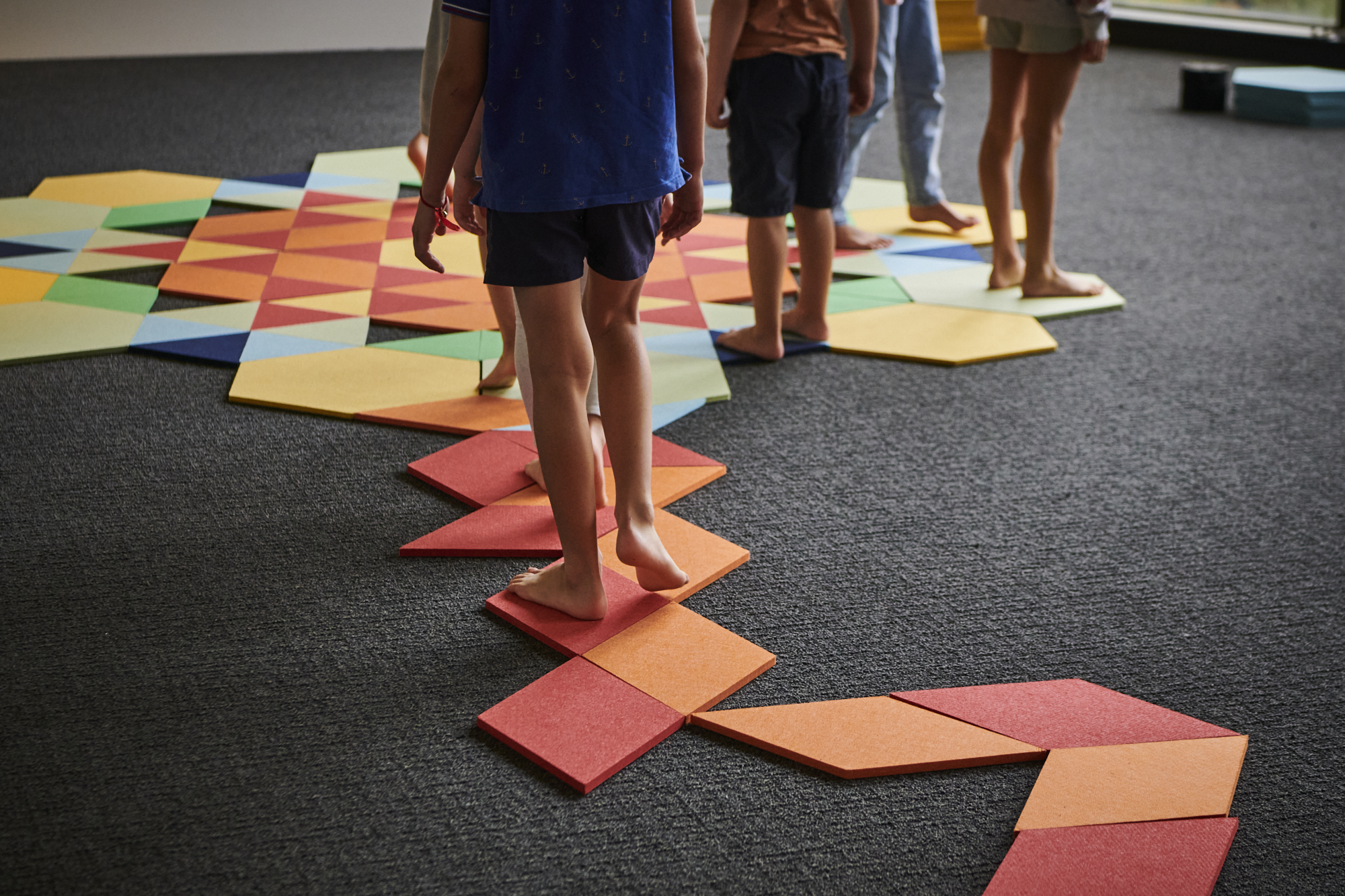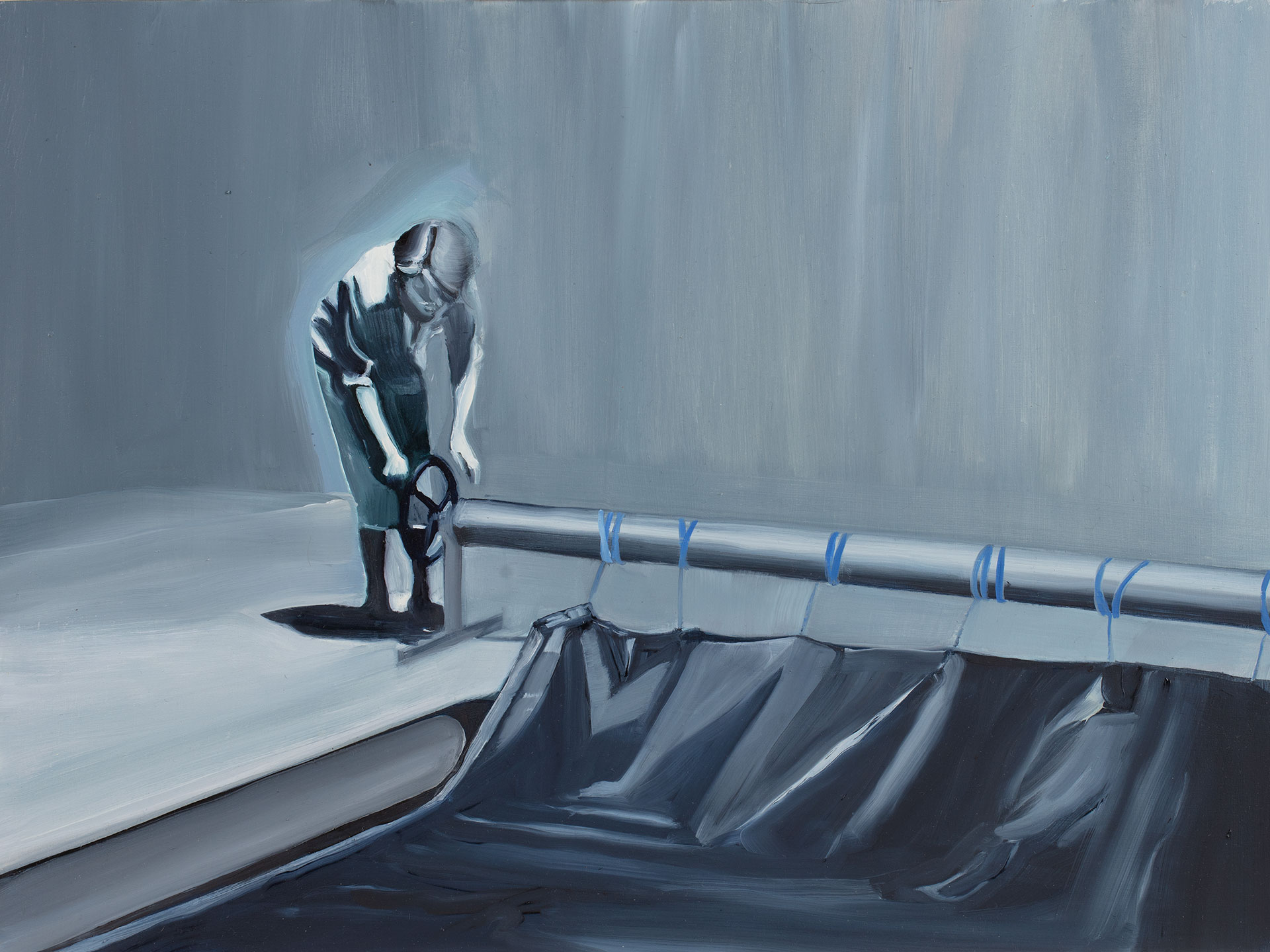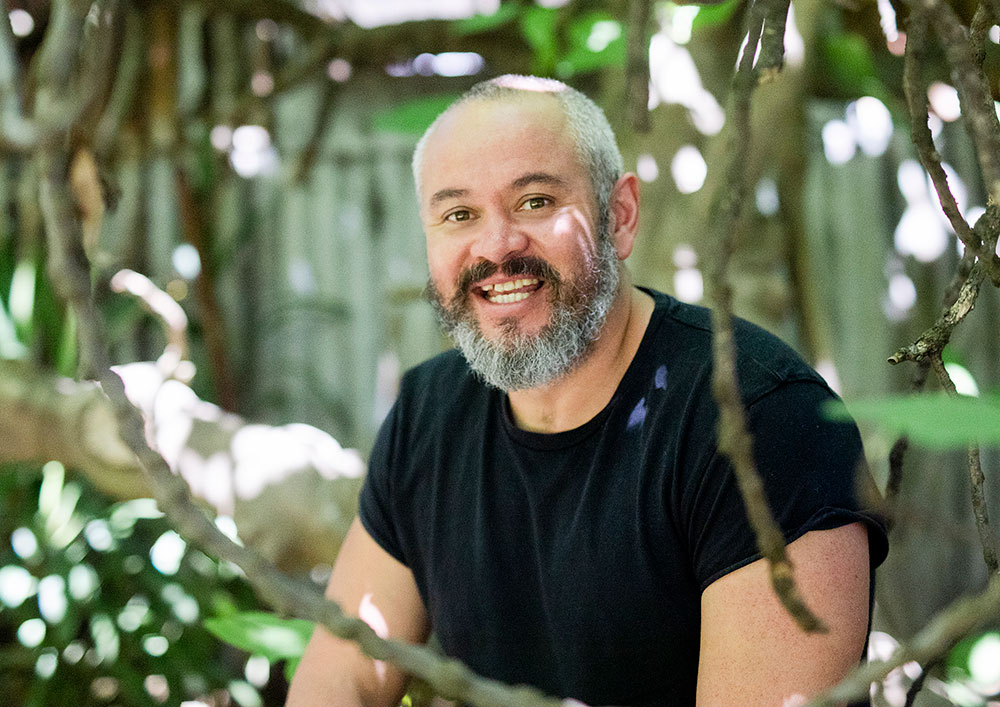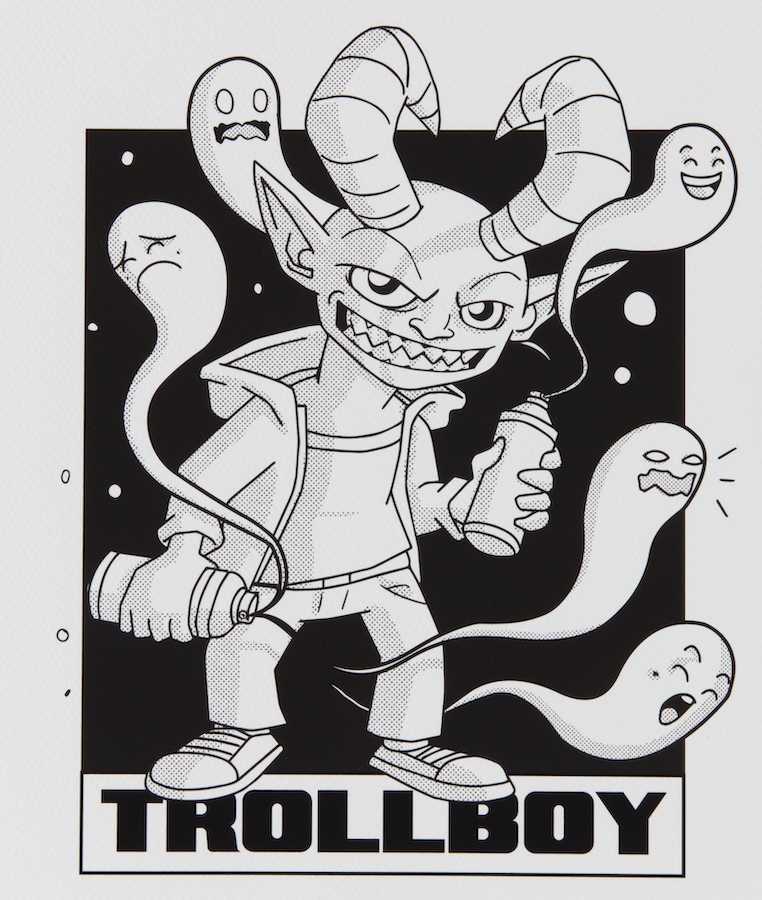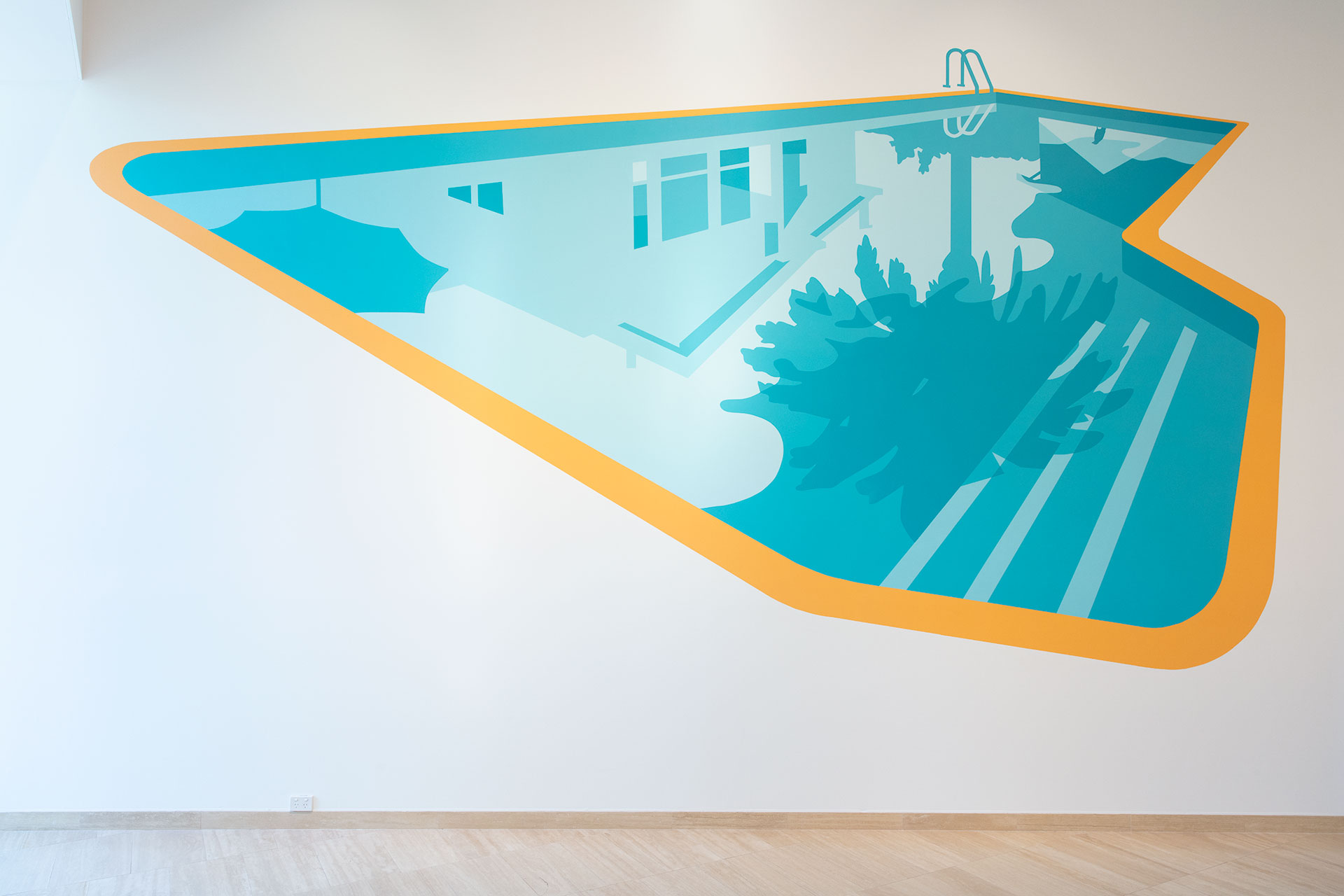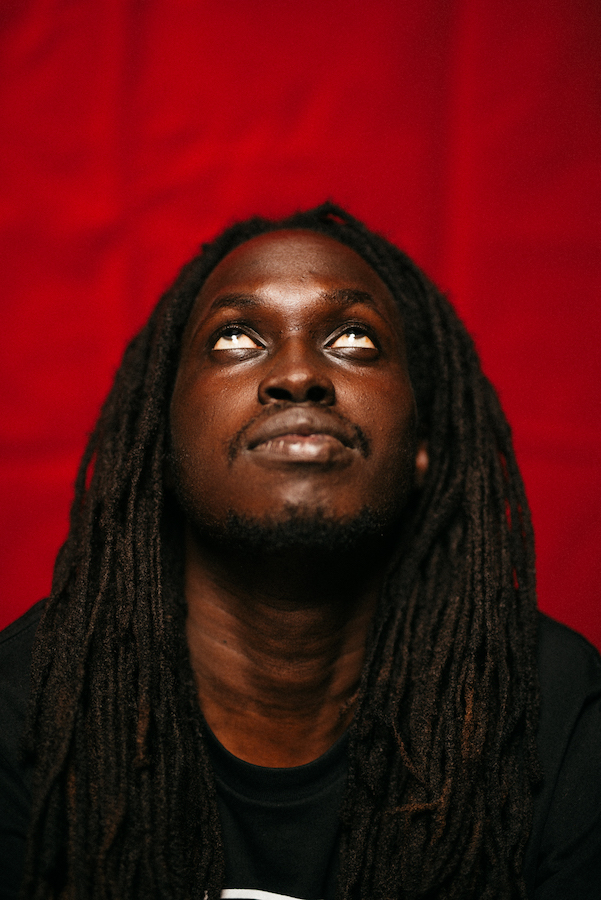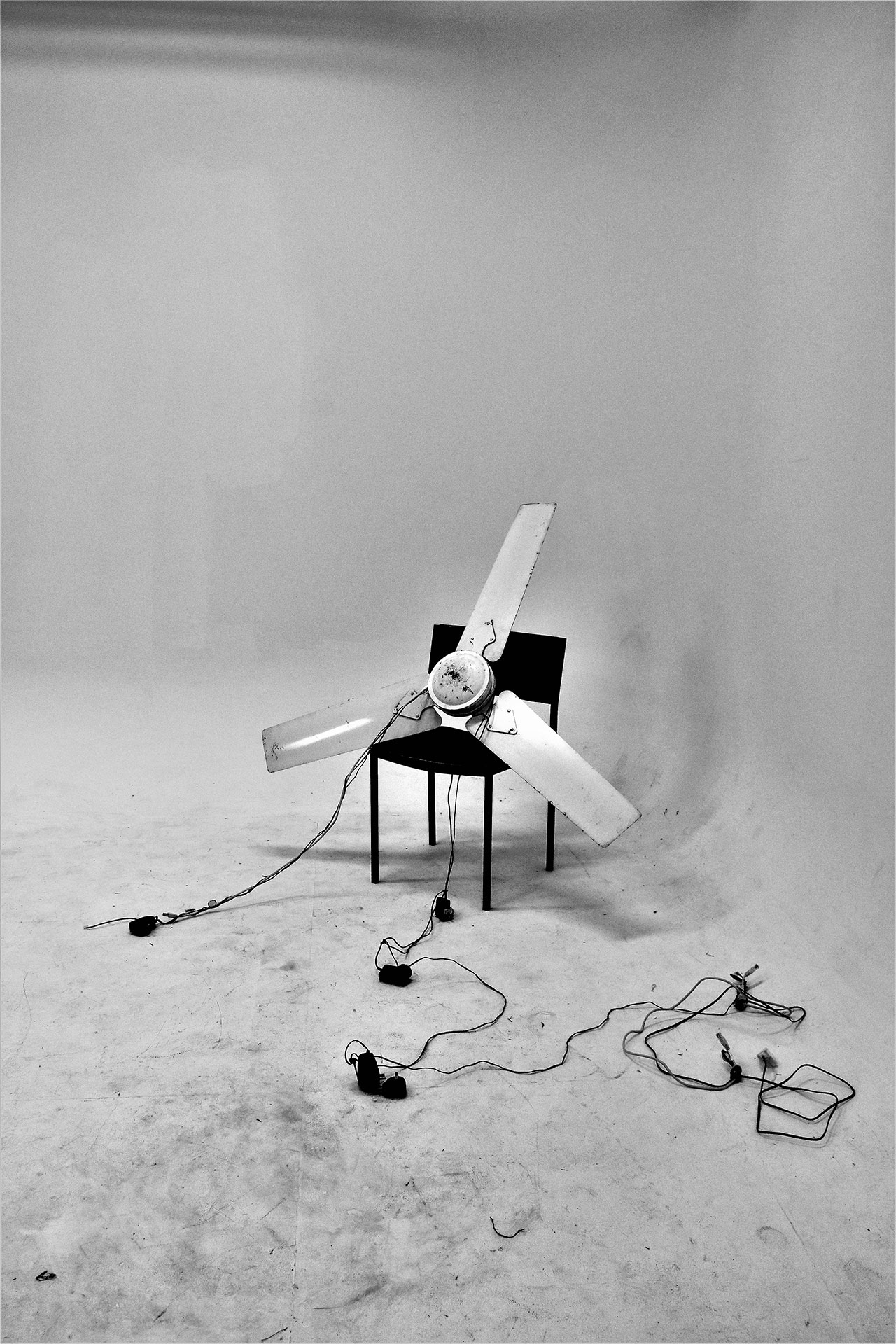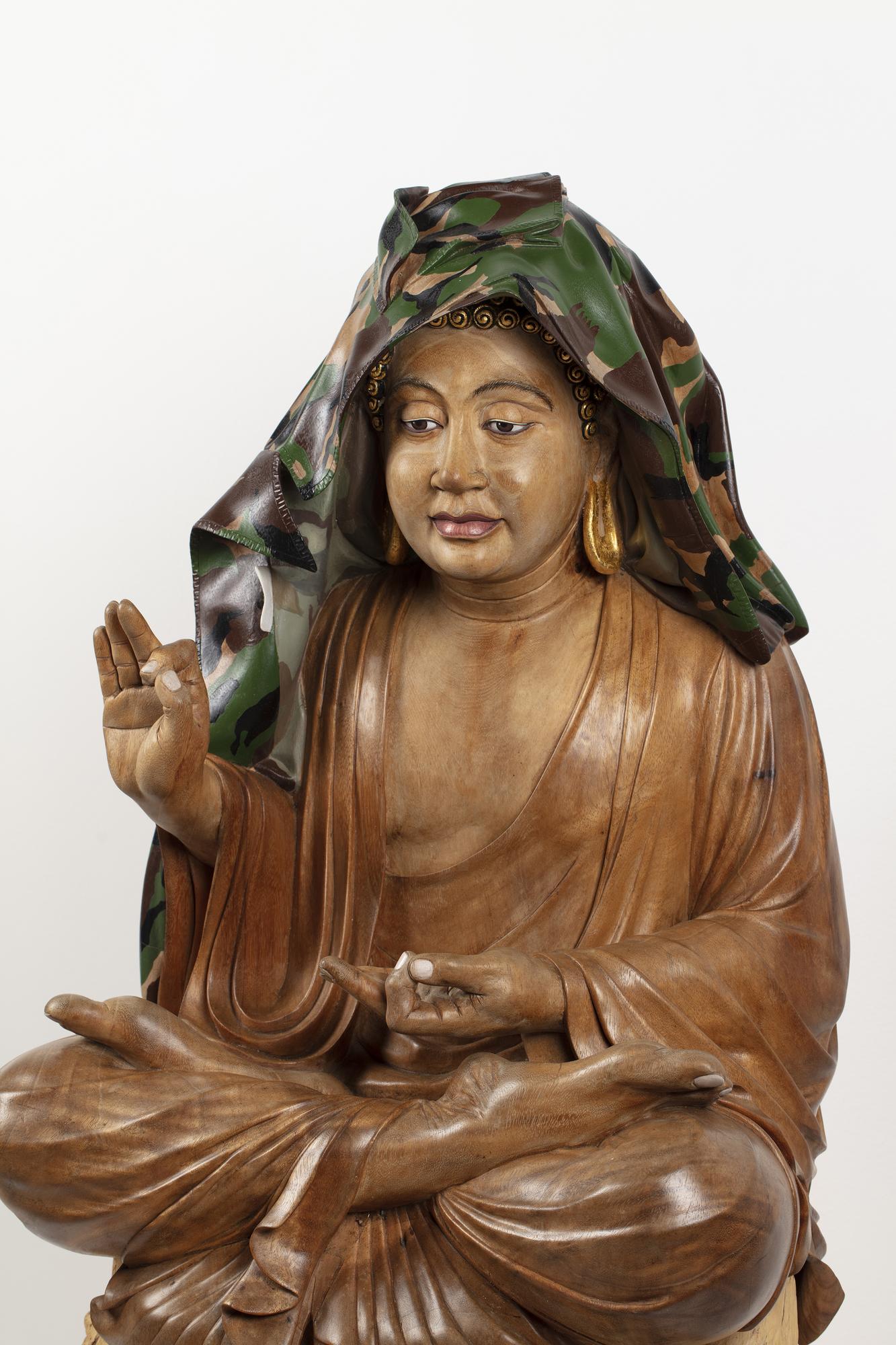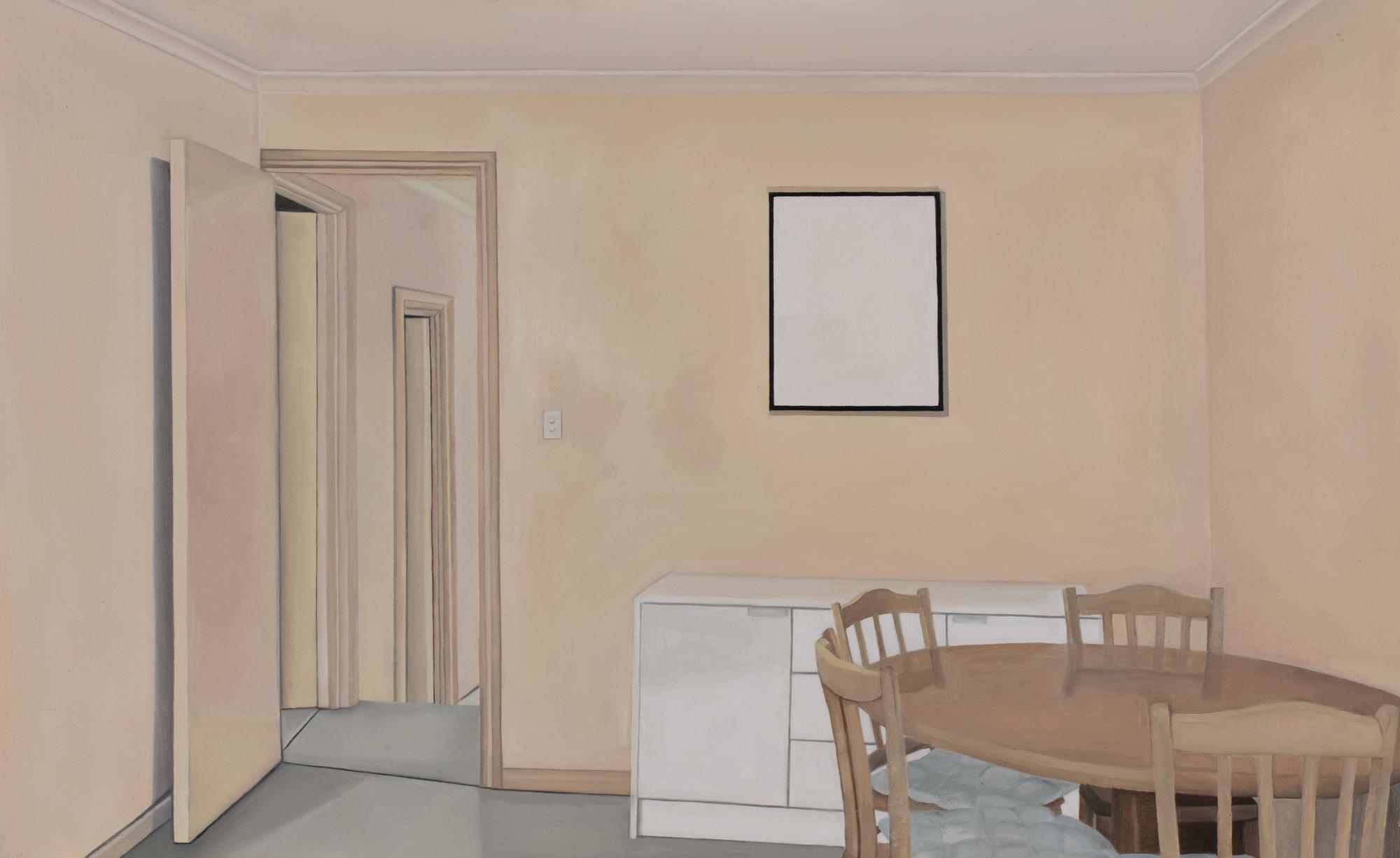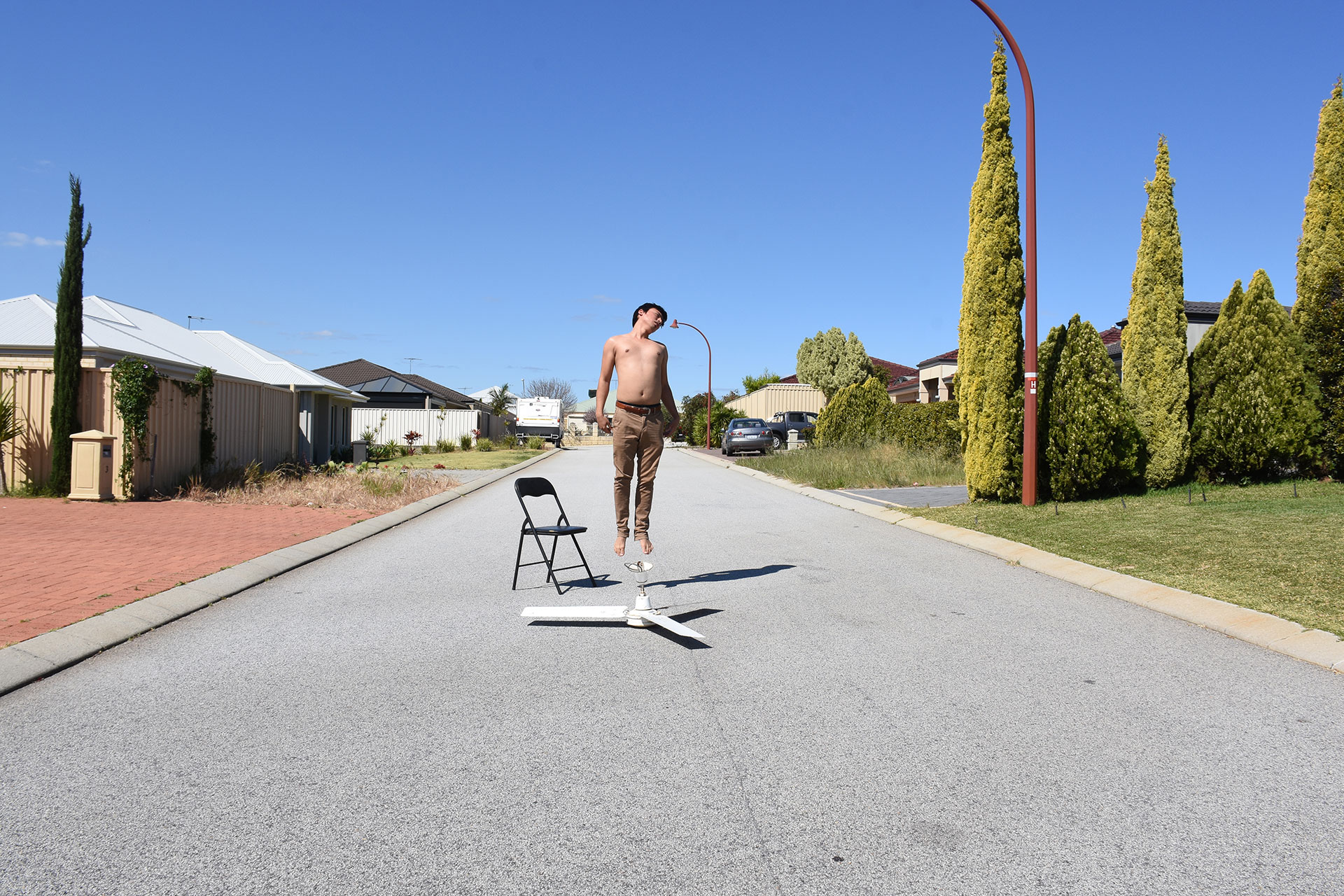
Saleheh Gholami TO BLUE 2019. Digital photographic print, 60 x 90 cm. Courtesy of the artist.
Saleheh Gholami
Gallery 04
Until 13 February
An Iranian Australian artist with Afghani heritage explores the impact of human displacement through still life photography.
Saleheh Gholami’s work explores the impact of human displacement. Three photographs presented by AGWA are a result of her meditation on the sense of dislocation she felt in navigating life in suburban Perth and her own human experiences.
As she became familiar with the subtleties of this new place, she became aware that it started to mentally replace her previous home. This sense of loss and dislocation was sharpened by the experiences of a close friend who had been in the Christmas Island and Brisbane refugee detention centres.
The ceiling fan motif came from an interest in Marcel Duchamp’s idea that if you stare at any object long enough it becomes interesting. She realised that the fan in her bedroom would not be allowed in a detention centre, along with a range of other common items like electrical cords, glasses and blinds. All would be banned as potential hazards.
The assemblage of such elements in broken still lives and in front of her home, where her friend hovers above the street, talks about how contexts shift meaning, and how death and suicide is, tragically, often the result when these apply to people.
“The way refugees come here and how they cope means they face many new things and start to forget their old daily life. It is inevitable that you forget things, that you can’t really remember how it was”. — Saleheh Gholami
